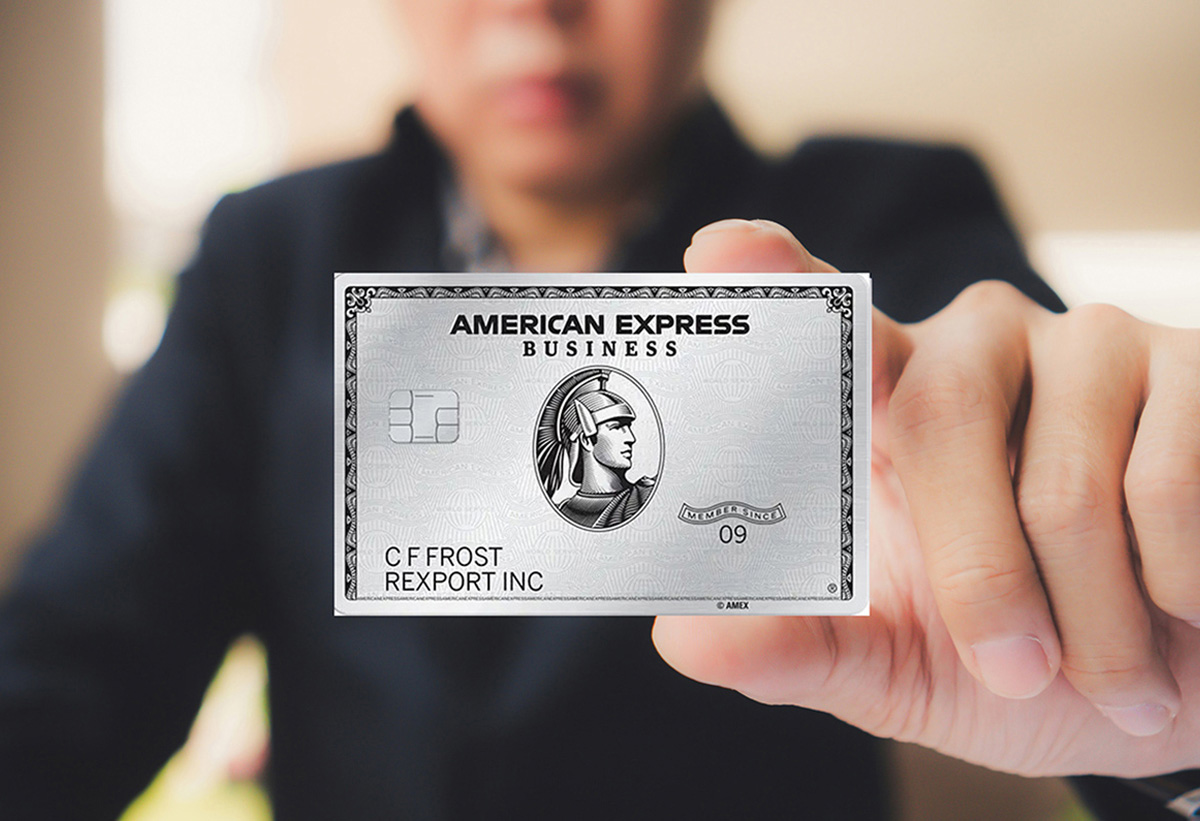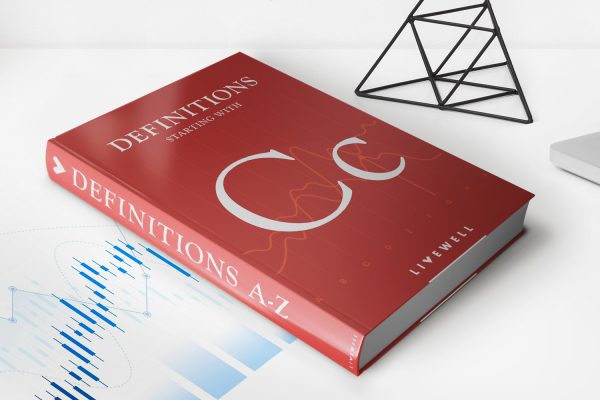

Finance
How To Hide Credit Utilization
Published: March 6, 2024
Learn how to hide credit utilization and improve your financial health. Discover effective strategies to manage your finances and achieve your goals.
(Many of the links in this article redirect to a specific reviewed product. Your purchase of these products through affiliate links helps to generate commission for LiveWell, at no extra cost. Learn more)
Table of Contents
Introduction
Welcome to the world of personal finance, where understanding the intricacies of credit management can significantly impact your financial well-being. One crucial aspect of managing credit is credit utilization, which plays a pivotal role in determining your credit score. In this article, we will delve into the concept of credit utilization, explore the reasons why you might want to hide it, and discuss effective strategies to do so.
As you navigate the realm of credit, you’ll encounter terms like credit utilization ratio, credit score, and credit report. These elements are interconnected and wield immense influence over your financial opportunities. Your credit utilization ratio reflects the percentage of your available credit that you are currently using. It is calculated by dividing your total credit card balances by your total credit limits and is a key factor in determining your credit score.
Understanding credit utilization and its impact on your financial standing is crucial for making informed decisions about managing your credit. Whether you’re aiming to improve your credit score, secure favorable loan terms, or simply maintain a healthy financial profile, mastering the art of managing credit utilization is essential.
Understanding Credit Utilization
Credit utilization, often referred to as the credit utilization ratio, is a fundamental component of your credit profile. It measures the amount of credit you are currently using relative to the total amount of credit available to you. This ratio is a crucial factor in determining your credit score, with a lower credit utilization ratio generally being more favorable.
Credit utilization is calculated by dividing the total amount of credit you are currently using across all your credit accounts by the total credit limit available to you. For example, if you have credit card balances totaling $2,000 and a total credit limit of $10,000, your credit utilization ratio would be 20%.
Your credit utilization ratio is a significant indicator of your creditworthiness. Lenders and credit card issuers use this ratio to assess the level of risk associated with extending credit to you. A lower credit utilization ratio suggests that you are effectively managing your credit and are at lower risk of defaulting on payments, which can positively impact your credit score.
It’s important to note that credit utilization is not only applicable to individual credit cards but also encompasses the aggregate balance across all your credit accounts. This means that even if you diligently manage the balance on one credit card, a high utilization ratio on another card can still impact your overall credit utilization and, subsequently, your credit score.
Understanding the significance of credit utilization and its impact on your credit score is essential for making informed decisions about managing your credit. By maintaining a low credit utilization ratio, you demonstrate responsible credit management, which can contribute to a positive credit profile and open doors to favorable financial opportunities.
Why Hide Credit Utilization?
While the concept of hiding credit utilization may initially seem contradictory to the principles of transparent financial management, there are valid reasons for strategically managing and, in some cases, concealing your credit utilization. The decision to hide credit utilization often stems from the desire to optimize one’s financial standing and leverage the benefits of a strong credit profile.
One compelling reason to hide credit utilization is the potential impact on your credit score. As mentioned earlier, maintaining a low credit utilization ratio is beneficial for your credit score. By strategically managing your credit utilization, you can positively influence this ratio, thereby enhancing your creditworthiness in the eyes of lenders and creditors. This can lead to better loan terms, higher credit limits, and improved access to financial products and services.
Furthermore, concealing credit utilization can be advantageous when seeking new credit or loans. When applying for a mortgage, auto loan, or credit card, lenders assess your credit utilization ratio to gauge your financial responsibility. By strategically managing and potentially hiding your credit utilization, you can present a more favorable financial image, potentially increasing your chances of approval and securing more favorable terms.
Another reason to hide credit utilization is to mitigate the impact of temporary financial fluctuations. Unexpected expenses or temporary reductions in income can lead to higher credit utilization, which may negatively affect your credit score. By employing strategies to strategically manage or hide credit utilization during such periods, you can minimize the potential damage to your credit profile and maintain a strong financial standing in the long run.
Ultimately, the decision to hide credit utilization should be approached thoughtfully and responsibly, with the goal of optimizing your financial position and leveraging the benefits of a strong credit profile. By understanding the impact of credit utilization on your credit score and financial opportunities, you can make informed decisions about when and how to strategically manage and potentially conceal your credit utilization.
Strategies to Hide Credit Utilization
Effectively managing and strategically hiding credit utilization requires a thoughtful approach and an understanding of the various tactics that can be employed to achieve this goal. By implementing the following strategies, you can navigate the realm of credit utilization with precision and optimize your financial standing:
- Payment Timing: One effective strategy to hide credit utilization is to time your credit card payments strategically. By making payments before the closing date of your billing cycle, you can reduce the balance reported to the credit bureaus, thereby lowering your credit utilization ratio. This proactive approach can help present a lower utilization ratio, positively impacting your credit score.
- Requesting Credit Limit Increases: Another tactic to consider is requesting an increase in your credit card limits. By doing so, you can potentially lower your credit utilization ratio without altering your spending habits. However, it’s crucial to exercise restraint and avoid using the increased credit limit as an opportunity for excessive spending, as this can lead to financial challenges in the future.
- Utilizing Multiple Credit Cards: Distributing your expenses across multiple credit cards can help lower the utilization ratio on each individual card. This approach can be particularly effective if you have one or more cards with high balances relative to their limits. However, it’s important to maintain responsible credit management across all cards and avoid accumulating excessive debt.
- Consolidating Balances with a Personal Loan: In some cases, consolidating credit card balances into a personal loan with a fixed term and interest rate can be a strategic move to hide credit utilization. This approach can potentially lower your credit utilization ratio and streamline your debt repayment, leading to improved financial stability and credit management.
- Regular Monitoring and Adjustments: It’s essential to regularly monitor your credit utilization and make adjustments as needed to maintain a favorable ratio. By staying informed about your credit card balances and limits, you can proactively manage your utilization and make timely adjustments to optimize your credit profile.
By incorporating these strategies into your credit management approach, you can effectively hide credit utilization when necessary and position yourself for enhanced financial opportunities. It’s important to approach these tactics with prudence and discipline, ensuring that they contribute to a sustainable and responsible credit management strategy.
Conclusion
Managing credit utilization is a nuanced yet pivotal aspect of maintaining a healthy credit profile and maximizing your financial potential. While the notion of hiding credit utilization may initially raise eyebrows, it is rooted in the strategic optimization of one’s credit standing and the pursuit of favorable financial outcomes. By understanding the impact of credit utilization on your credit score and financial opportunities, you can make informed decisions about when and how to strategically manage and potentially conceal your credit utilization.
Strategically hiding credit utilization can yield tangible benefits, such as improving your credit score, enhancing your creditworthiness in the eyes of lenders, and increasing your access to favorable loan terms and credit products. By employing tactics such as timing payments, requesting credit limit increases, leveraging multiple credit cards, and considering consolidation options, you can navigate the intricacies of credit utilization with precision and finesse.
It’s important to approach the management of credit utilization with prudence and responsibility, ensuring that the strategies employed contribute to a sustainable and disciplined approach to credit management. Regular monitoring of your credit utilization and proactive adjustments are essential to maintaining a favorable credit profile and capitalizing on the benefits of strategic credit utilization management.
Ultimately, the goal of hiding credit utilization is not to obscure financial realities but to strategically position oneself for financial success and stability. By mastering the art of credit utilization management and leveraging the available strategies, you can harness the power of a strong credit profile and pave the way for a brighter financial future.














